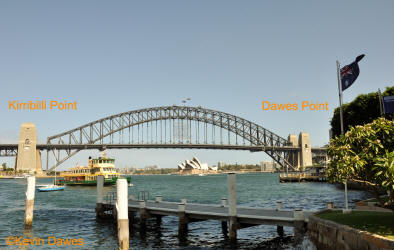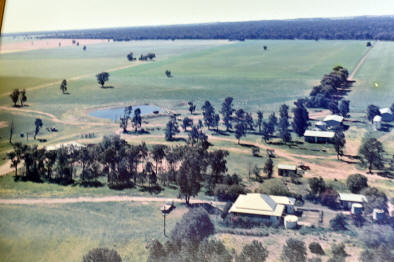Welcome to the beautiful Coelogyne world. Forty plus years ago my mother-in-law gave me a cute little Thelychiton orchid which flowered beautifully in my bathroom for several years. My father-in-law was into Cymbidium orchids, as was everyone else in those days, and whenever these had to be divided I was loaded with what we thought were 'proper' orchids. Fortunately, our work relocations and travels contained the collection nicely.
Several years of water under the bridge though and I found myself at an orchid show where I was overcome by a magnificent white Coelogyne cristata. I chased down and acquired my Coelogyne cristata only to be told that I needed also to get the 'other' big white one, Coelogyne mooreana. Soon after that event, someone said that Coelogyne Unchained Melody was the most spectacular of all the Coelogynes. I relentlessly tracked it down and sighed with relief as I now owned 'the big white ones and a hybrid' and this would be my collection.
My contented satisfaction didn't last long. I saw and bought a really 'unusual' Coelogyne with green flowers and black markings. This was a terminal point. There would be no turning back or containment now as I had broken past the 'big whites' point. Now, there were dozens more Coelogynes to be tracked down and a collector's mentality getting out of control.
By now, I had an incredible thirst for more information on Coelogynes. Most big orchid books were big because they had a photograph and one paragraph on every imaginable orchid. They looked good on the coffee table, but, contained very little useful information. I found the internet information was very unreliable and contradictory. In 2002 Dudley Clayton published his authorative book on Coelogynes. It instantly became my bible. However, like all scientific works should be, it was clinical, analytical and, in this case, very concerned with taxonomic detail in millimetres and centimetres. It was hard work finding some simple information in the book, that I could relate to except for the pictures.
To save other Coelogyne growers from suffering my frustrating experiences, I decided to produce a website, Coelogynes.com. I consider it my more formal 'blog' where I have collated and recorded bits of information that I have accumulated and blended through my own hands-on experience. Although I have a formal botanical background, I have tried to stay clear of technical details
Many Coelogynes are not included because they are not yet part of my collection. I relentlessly sought more species. Australian quarantine regulations make it difficult and expensive to import live plants but orchid seed and orchid pods are possible. I operated my own small invitro laboratory. The only problem with this solution is the five or six year wait for a flower!
Every plant on this site is from my own collection and all photos have been taken by me - the photos became another extension of my hobby. The collection is my own private passion and I must stress, is in no way commercial.
Finally, the Australian aboriginal name 'Kirribilli' is closely associated with the name Dawes and Australian history. The famous Sydney Harbour Bridge spans from Dawes Point on the southern side, across the harbour to Kirribilli Point. The Dawes family home, 'Kirribilli', is a large rural property that has been in the family for many generations. Kirribilli means 'good fishing spot' a concept that is dear to my heart - if only Coelogynes didn't get in the way!

